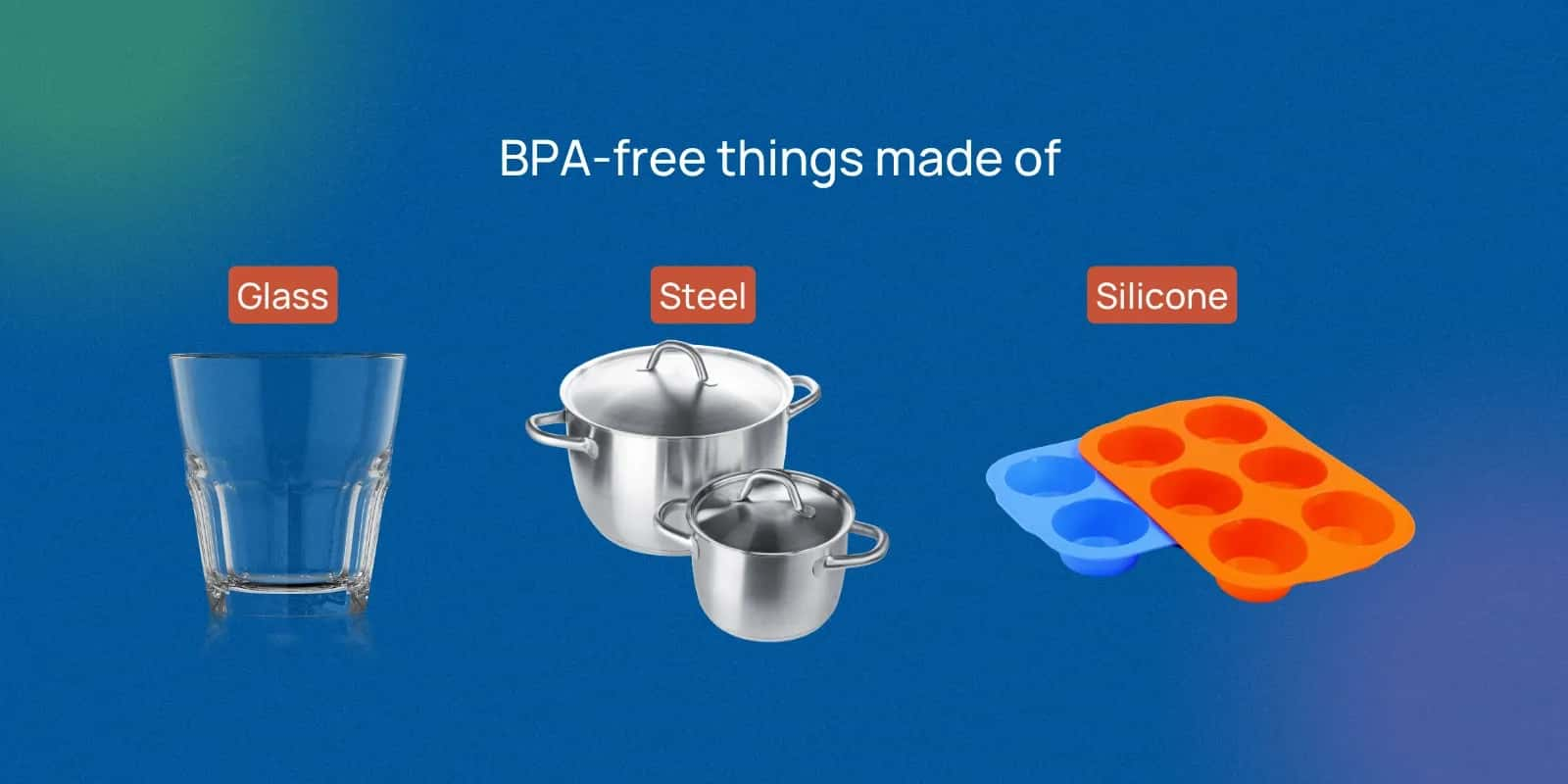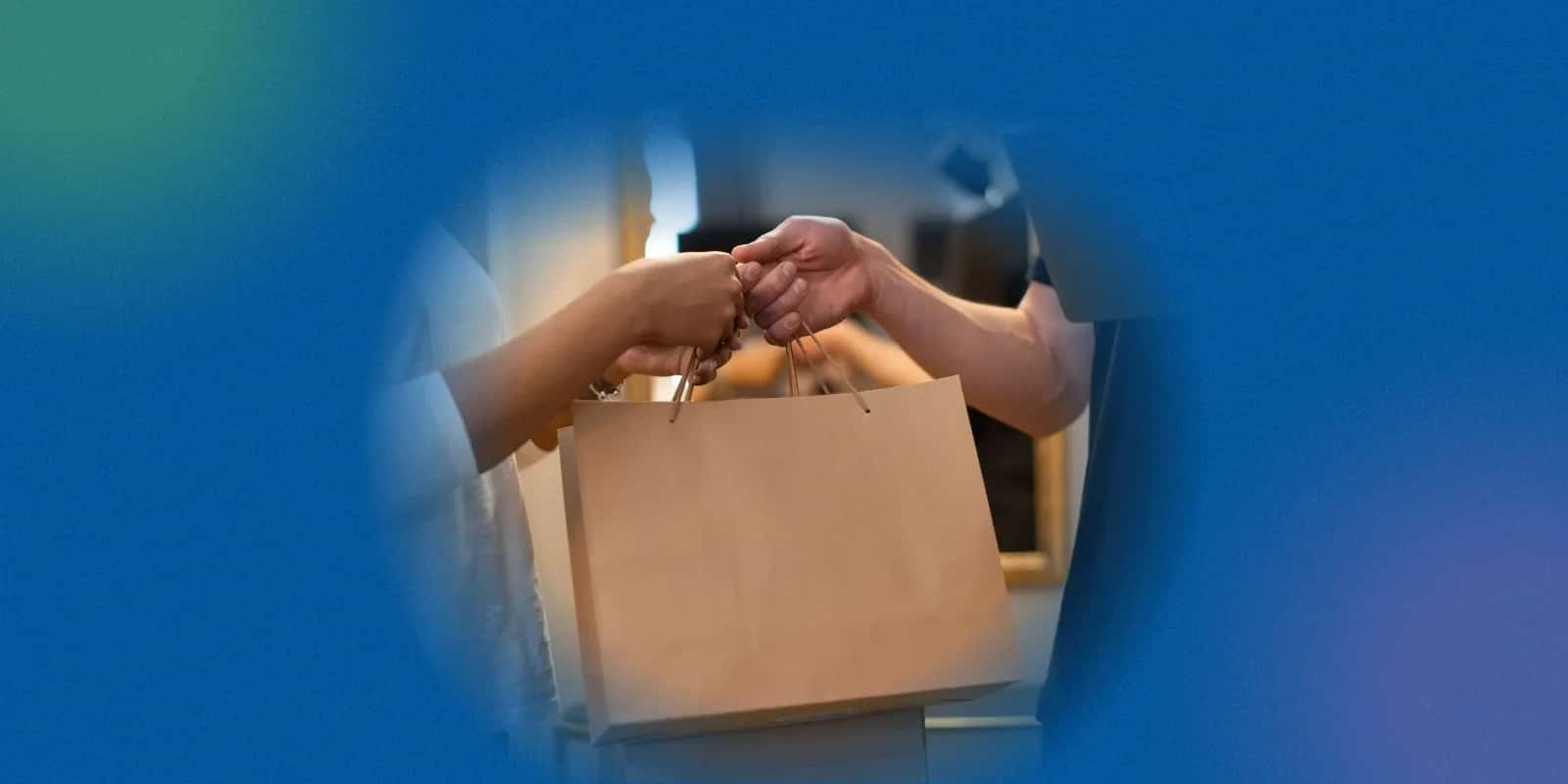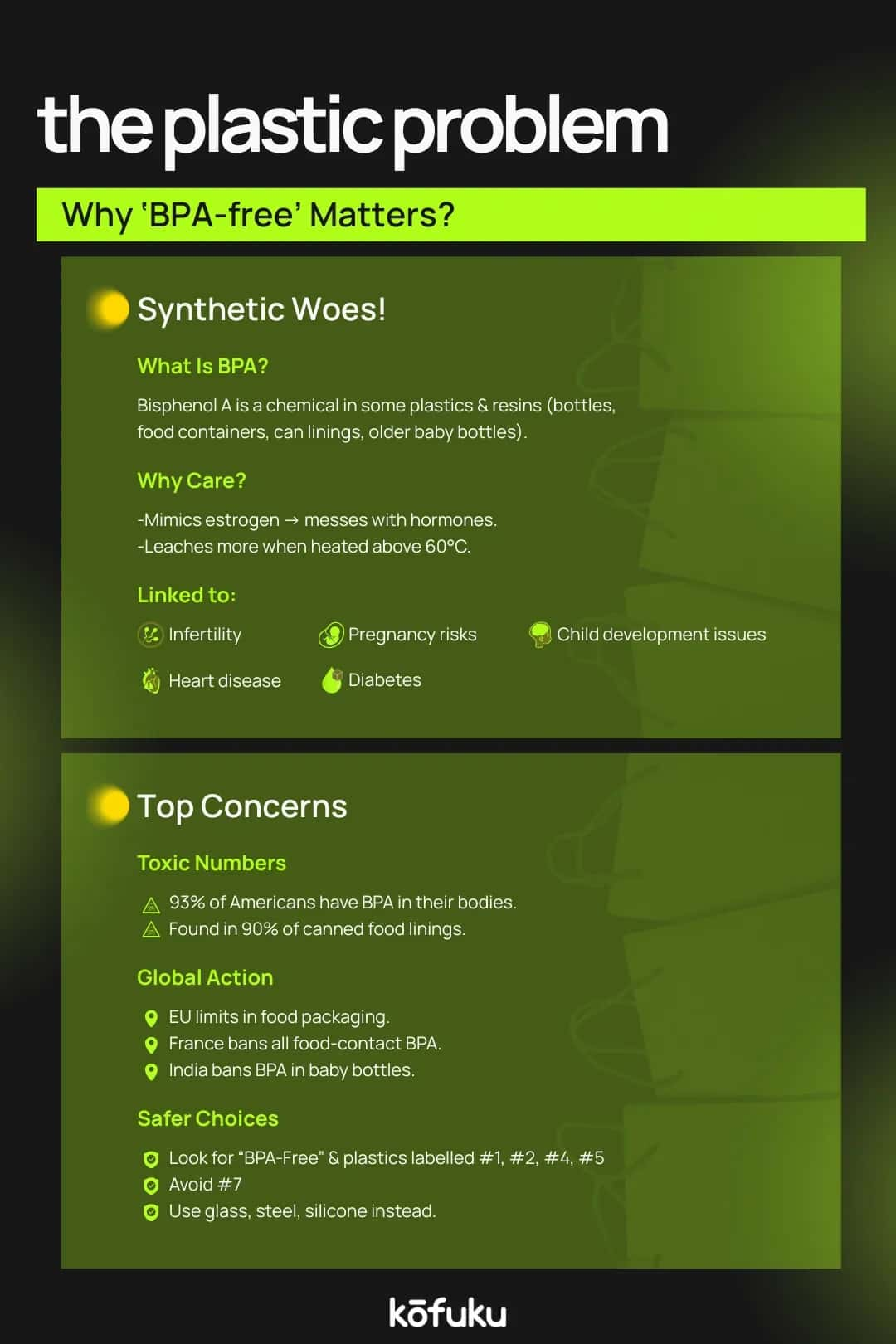What Does BPA-Free Really Mean and Should You Be Concerned?

Introduction
In today's health-conscious society, "BPA-free" is branded across water bottles, food containers, baby products, and many other daily-use items, but what does this label really mean? Is it just a marketing strategy, or is there a legitimate health risk that exists with BPA?
This article will explore what BPA-free means, potential dangers, and whether BPA-free alternatives are actually safer than traditional products for you and the environment.
What is BPA, and Where is It Commonly Found?
Bisphenol A (BPA) is an industrial chemical that has been in the market since the 1960s and is found in:
- Polycarbonate plastics, like water bottles and food storage containers
- Epoxy resins used to coat the inside of metal cans
- Some dental sealants and composites
- Thermal paper receipts
Given how much we encounter these materials every day while eating, drinking, and storing food, it's easy to be exposed to BPA. But what’s the problem with that? Well, BPA is a synthetic estrogen that can leach into your food or beverage when it's heated, scratched, or damaged. And the same chemical compound goes into your system, which, to put it simply, can be harmful to you.
BPA-Free Meaning: What Does it Actually Indicate?
When a product says “BPA-free,” it is made without the use of Bisphenol A. Usually, BPA-free plastics contain substitutes like:
- BPS (Bisphenol S)
- BPF (Bisphenol F)
- Tritan copolyester
- Polypropylene or polyethene
This label is especially important for products used for food or drink, like baby bottles, reusable water bottles, and plastic food containers.
However, just because a product is “BPA-free” doesn’t mean it’s free of chemicals, as some BPA substitutes also mimic estrogen, albeit less effectively.
What is the health risk associated with BPA in plastics?
BPA is a hormone-disrupting chemical that interferes with your endocrine system.
Many studies have linked BPA exposure to:
- Hormonal imbalance
- Reproductive problems
- Increased risk of some cancers
- Heart disease and diabetes
- Behavioural issues in children
- Earlier onset of puberty
You need to be extra careful while dealing with products that contain during pregnancy and early childhood. It’s during these periods that hormonal balance is most important for development.
While some regulatory agencies recognise BPA as a safe chemical to use, other authorities, like the European Union and Canada, have taken more decisive actions to limit its use.

Is Plastic Really Dangerous? Breaking the Myth
Not all plastic products are inherently unsafe. The actual risk mainly lies in:
- Type of plastic
- How the plastic is used, whether it's heated or reused
- Presence of BPA or similar chemical
For example, polycarbonate plastics marked with the recycling code number 7 could have BPA. Whereas, plastics with codes 1, 2, and 5 (PET, HDPE, and PP) are generally considered safe for food usage.
The real issue? Heat. Microwaving or storing hot food specifically in BPA plastics increases the risk of BPA leaching into your food.
Understanding the Label: What BPA-Free Bottles Actually Mean
When you see 'BPA-free' on a water bottle or food container, it basically means that the plastic has been tested to ensure it does not release detectable levels of BPA.
But just because a bottle does not contain BPA, it doesn’t mean that it's 100% safe. Some manufacturers substitute BPA with bisphenols like BPS and BPF that aren’t as potent or dangerous as BPA but can still affect your health.
So, yes, BPA-free is a step in the right direction, but it is not an assurance.
Alternatives: What are BPA-Free Bottles Made of?
There are BPA-free water Bottles made from safer plastic alternatives or non-plastics available in the market. Some common options include:
- Tritan™ plastic: Tough and BPA-free, brands like Nalgene and Contigo use it.
- Glass: 100% BPA and chemical-free, but very brittle.
- Stainless steel: Safe, non-reactive, and durable.
- Polypropylene (PP): BPA-free, some baby products are made of PP.
Look for certifications like "FDA-approved", LFGB (German), or "BPA-free tested" as proof of validity.
Bisphenol-Free Water Bottles: Are They Completely Safe?
BPA-free water bottles are a safer option, but they don’t come without their risks. Some studies suggest alternative chemicals like BPS or BPF can also leach under certain conditions. Here are a few tips to mitigate these risks:
- Keep the bottles out of heat and sunlight.
- Don't store liquids in plastic that is acidic or hot.
- Replace containers that are scratched or worn.
- Consider using stainless steel or glass.

Top Reasons Why You Should Choose BPA-Free Plastic Bottles
Choosing BPA-free products can help reduce potential health risks and provide multiple other benefits, such as:
- Safe for kids and pregnant women
- Less chance of hormonal imbalances
- Healthier for the long term
- Better for the environment
How to Identify BPA-Free Plastic Bottles Before You Buy
Here are some ways to make sure the product is BPA-free:
-
Check recycling codes: Do not use plastics labelled as “#7” unless it explicitly says BPA-free
-
Look for the label: Most brands will clearly label a BPA-free product
-
Choose reputable brands: Use products from trusted and certified companies
-
Check the complete product description in the store and online
-
Lastly, if you’re unsure, go for glass or stainless steel, as they’re the safest options.
Are BPA-Free Water Bottles Better for the Environment?
While BPA-free water bottles are not automatically good for the environment, some companies do make the effort to:
-
Use recycled materials
-
Make reusable products
-
Be entirely recyclable
-
Have longer shelf lives than single-use bottles
Using a reusable BPA-free bottle is a positive step towards taking care of your health and our environment.
Final Thoughts: Should You Switch to BPA-Free Bottles?
Absolutely! While 'BPA-free' doesn't mean no risk, it's definitely the first step towards reducing your exposure to one of the most extensively researched endocrine disruptors. The small decisions made today can have a significant impact on long-term health and quality of life.
For the best safety:
-
- Choose BPA-free bottles made from glass, stainless steel, or Tritan
-
- Avoid heating plastic containers in the microwave
-
- Continue to keep up with any emerging research surrounding the safety of plastic containers

FAQs
Q. What does BPA-free mean in water bottles?
A. This means the plastic used doesn’t contain Bisphenol A, which is an unhealthy chemical.
Q. Is BPA-free plastic completely safe for kids and babies?
A. BPA-free material is significantly safer than BPA plastic; however, it is recommended to use glass or stainless steel for children, as even BPA alternatives can be harmful to them.
Q. How do I know if a bottle is BPA-free?
A. You can look at the label, check the recycling codes for plastic, and avoid any "#7" plastics unless they are explicitly labelled as BPA-free.
Q. Are all BPA-free bottles also free from other harmful chemicals?
A. Not really, as they may have BPS or BPF that have similar effects as BPA.
Q. What are the best BPA-free bottles for daily use?
A. Glass, stainless steel, or Tritan plastic bottles from trusted brands are some of the best options for everyday use.

How Common Household Plastic is Increasing Cardiovascular Disease Risk in India

Cumin Seeds & Jeera Water: Benefits, Uses & Side Effects Explained

Simple Wellness Hacks for a Better Life – Quick and Easy

The Concept of Wellness: Your Path to a Holistic and Healthy Lifestyle

Understanding Gut Health and Wellness Impact


